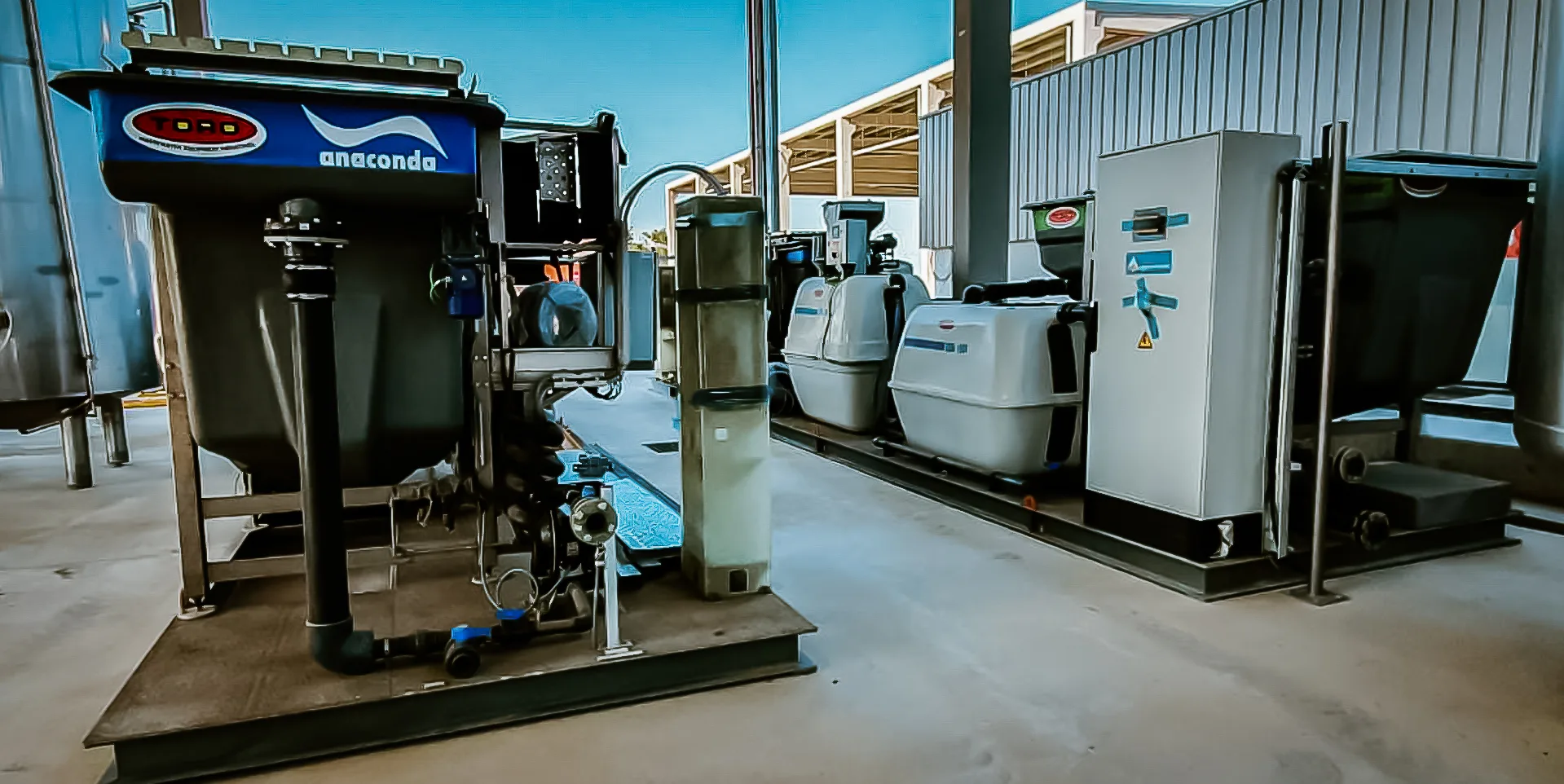

Water purification with bleach.
Water purification with bleach is a common and practical method to treat water, especially in emergency situations or areas where access to clean water is limited. Bleach, or sodium hypochlorite, serves as a potent disinfectant capable of eliminating bacteria, viruses, and other harmful microorganisms in water. However, it is crucial to use bleach correctly to ensure both safety and effectiveness.
Here are detailed steps on how to purify water with bleach:
It is essential to note a few additional considerations:
In conclusion, water purification with bleach can be a practical and effective solution, but it requires careful adherence to guidelines to ensure safety. It is not a long-term solution, and for regular water treatment, other methods like boiling, filtration, or water purification tablets may be more suitable. Always consider the specific circumstances and resources available when choosing a water purification method.